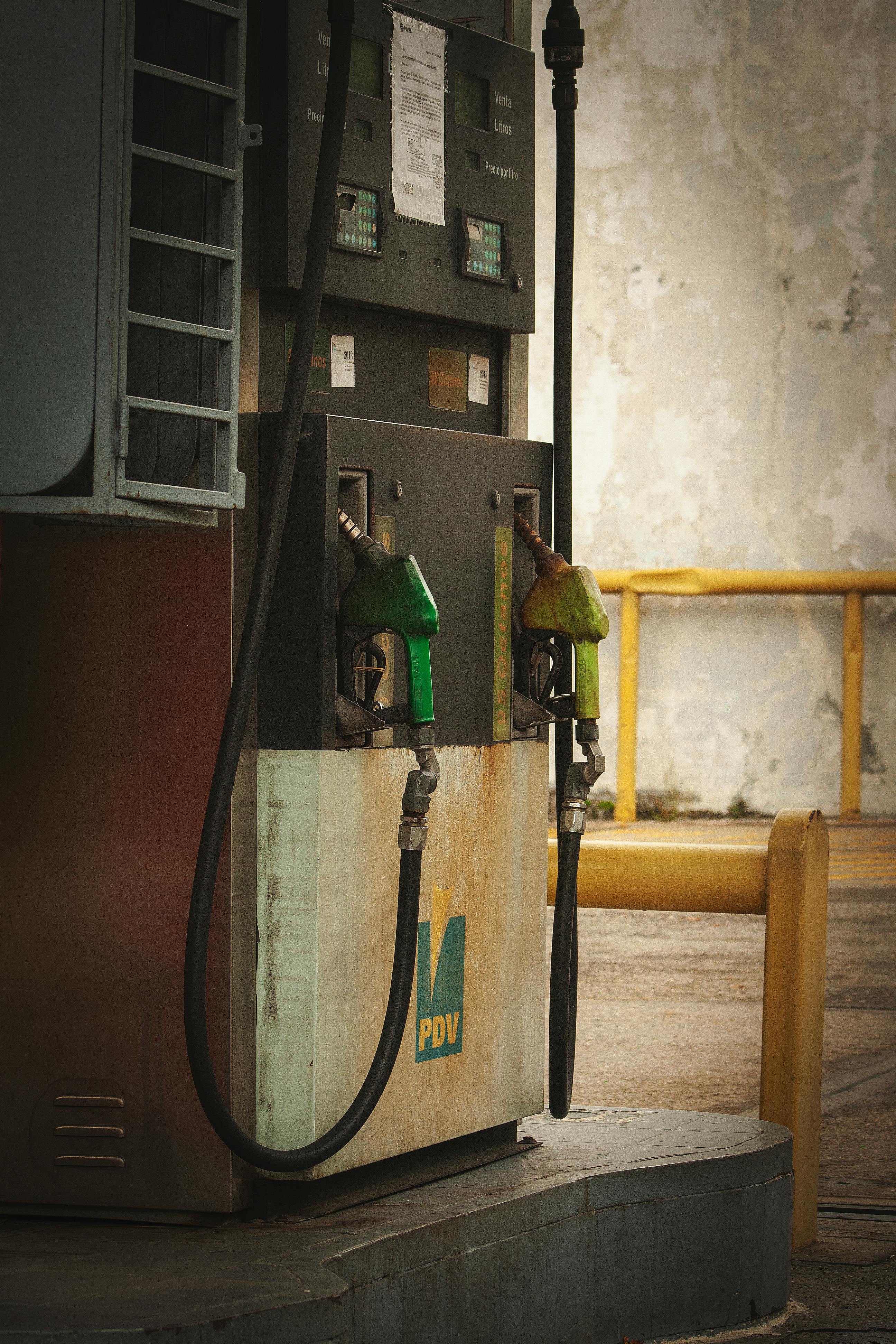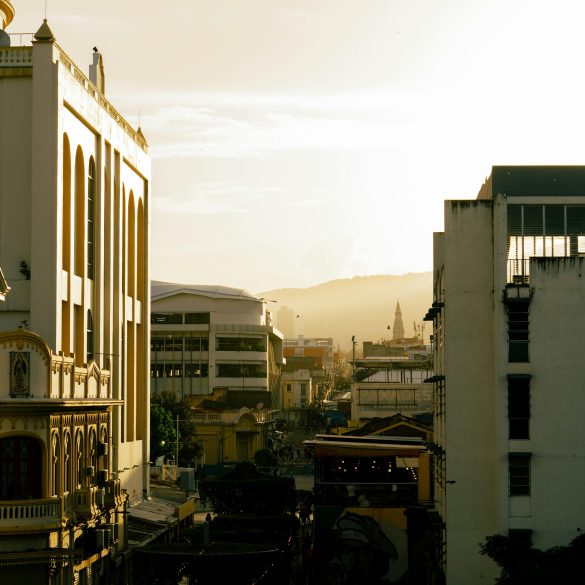Venezuela’s Booming Petrol and Fuel Market: What’s Really Happening?
Here’s a narrative that keeps echoing across financial headlines and energy trade journals: “Venezuela’s oil industry is back.” Is it actually true? I’ve spent enough years immersed in the energy sector to know that hype cycles can overtake reality—sometimes almost overnight. Still, if you’ve been following global energy flows, you can’t miss the buzz about Venezuela’s crude production revival, sudden petrol availability on city streets, and the flurry of international investment and diplomatic visits that have turned Caracas into a rather unlikely energy diplomacy hotspot 1. But behind these headlines, things are always more layered—and more human. Honestly, my early days in this space (back when sanctions first took hold) were about crisis mitigation; now, we’re seeing cautious optimism… and some real strategic plays from both locals and international players.
What fascinates me (and, I’d wager, worries and excites almost everyone in oil and gas) is how Venezuela went from production collapse to “market darling” status in just a few years. How did they turn things around—if they truly did? Who’s benefitting? Who’s still left out? And, crucially, what does it mean for the global energy market, investors, and Venezuelan communities themselves? These are questions that more and more people are asking, from rookie investors eyeing emerging market ETFs to refinery buyers in India and even local taxi drivers watching fuel prices swing week to week.
Why Is Venezuela’s Petrol Sector ‘Booming’? The Context No One Tells You
Let’s pause for a second—“booming” is a loaded word. Back in 2019, Venezuela’s oil output hit lows not seen since the 1940s: roughly 300,000 barrels per day 2. For context, it once pumped nearly 3.5 million b/d in the 1990s. That’s a drop of almost 90%. The country was reeling, workers were leaving rigs en masse, pipelines rusted over, and many in the industry (myself included) genuinely wondered if Venezuela would ever rejoin the global top-tier supplier club.
Key Insight: Why Revival Wasn’t Supposed to Happen Fast
Most analysts in 2020-21 projected a grindingly slow recovery—sanctions, underinvestment, and technical decay seemed impossible to reverse. But geopolitics, regional realignment, and a surprise semi-thaw in US-Venezuela relations flipped assumptions on their head. Fast forward to 2024, and we see the country producing over 850,000 barrels per day 3—that’s nearly triple the nadir, and climbing fast.
The question isn’t just “is there a boom?” but “who gets the benefit—and for how long?” I’ll be completely honest: my perspective on Venezuela is colored by personal visits to oil towns like Maracaibo, where you can feel both hope and cynicism among local families. It’s easy to point to OPEC charts and investment bank forecasts—but if you talk to field engineers or refinery buyers, you’ll get a much messier, more nuanced view.
Key Stats, Data, and Market Trends: Looking Past the Headline Numbers
Before diving into the gritty details of price controls and political risk, let’s crunch some real numbers. Because if there’s one thing I’ve learned, it’s that Venezuela’s oil and fuel realities rarely align with analyst spreadsheet optimism. For anyone wondering: what’s REALLY changed—production, exports, prices, or just PR spin? You’ll want to see the data breakdown next.
| Year | Oil Output (b/d) | Official Exports | US Dollar Petrol Price (per liter) |
|---|---|---|---|
| 2018 | 1,489,000 | 1.2M b/d | $0.01 |
| 2019 | 789,000 | 500,000 b/d | $0.06 |
| 2022 | 680,000 | 400,000 b/d | $0.50 |
| 2024 | 865,000 | 720,000 b/d | $0.94 |
Let those numbers settle in—output is up, the “dollarization” of fuel has arrived, and (for the first time in years) legal exports are increasingly on the books, not just in smuggler’s ledgers 5.
Politics, Sanctions, and the Real Market Shifts: What Changed?
Here’s where things get inevitably political—because, honestly, if you’re discussing Venezuela, you’re discussing politics whether you want to or not. I remember sitting in on a 2021 roundtable where every expert (government and private sector) predicted years before US sanctions would ease. They were mostly right…and then they weren’t. After Russia invaded Ukraine in 2022, Western governments started reconsidering priorities: suddenly, Venezuelan crude was back in play 6.
Callout: The “Sanctions Thaw” No One Believed
Washington’s 2023 partial lifting of fuel and crude sanctions—for companies like Chevron and in exchange for modest democratic reforms—accelerated production, restarted legitimate exports, and unleashed a multi-billion-dollar investment scramble 7. But the sanctions “thaw” is nuanced: new licenses are conditional, and snapback provisions haunt every contract.
“For the first time in years, we can legally invest in rigs, repair infrastructure, and upskill workers—if only for six-month windows. It’s like building on sand.”
Having navigated several embargo cycles, I’ll say this: real investment is coming, but it’s still tinged with whiplash risk. International majors (Chevron, Repsol, Eni) are quietly boosting output, even as opposition politicians warn that regulatory uncertainty could see the doors slam shut again if political winds shift 8.
Petrol, Price, and Daily Reality: Actual Life in Venezuela’s Fuel “Boom”
All right, let’s get ground-level. While analysts debate barrel counts, Venezuelans still face three wildly different realities at the pump:
- Dollarized petrol (sold at international prices, typically stocked and reliable, mostly in urban centers)
- “Subsidized” petrol (theoretically for locals, but often plagued by shortages and massive lines)
- Informal market (smuggled, overpriced, but the only option for rural or opposition-held areas)
This three-tier system, which I’ve witnessed first-hand on visits to both coastal cities and interior oilfields (and yes, spent hours in fuel lines myself—no exaggeration), creates winner-and-loser dynamics that color public sentiment far more than any OPEC report ever could.
“My dad drives a taxi. Some days he pays $0.15 per liter, other days $5. Last year, we waited 7 hours for ‘cheap’ gas, then the pump ran dry.”
Here’s the reality: urban professionals, government-connected entrepreneurs, and international joint ventures are doing well. Blue-collar workers, rural smallholders, and (especially) opposition municipalities? Not so much.
Who Wins, Who Loses? Unpacking the Real Risks—and Opportunities
Based on my ongoing advisory work (and plenty of off-the-record conversations with capital allocators), opportunity in Venezuela’s fuel sector falls into three buckets:
- Oil Majors & Service Firms: With careful compliance, big players now secure short-term profit (from higher prices, less competition), but they hedge bets—no one copies 1990s-style mega-project commitments.
Did You Know? Chevron is now the only US firm producing crude inside Venezuela post-2023, under a unique license with narrow regulatory scope 9. - Speculative Investors & Traders: Middlemen thrive on volatility, arbitrage, and “gray zone” exports, especially in Asia-Pacific. Still, anti-money-laundering crackdowns can freeze profits with zero notice.
- Local Elites & Connected Entrepreneurs: Proximity to government, military, or joint-venture channels often crucial—multiple investigative reports tie windfall profits to the politically connected 10.
Practical Investment Insights
For international investors, “de-risking” is key: partner locally, watch for sudden legal changes, and always conduct enhanced due diligence—not just on paper, but on-the-ground.
Ordinary Venezuelans? While some fill up easily, many still barter, spend hours queuing, or routinely pay shifting black-market rates. Even with a “boom,” life is… complicated.
“Most growth is seen in headlines, not households.”
It’s a paradox that touches every decision, from family budgeting to international energy strategy meetings.
The Global Stakes: Why Venezuela’s Boom Matters
At this point, you might ask: “Even if Venezuela is genuinely rebounding, how much does it really matter for global oil markets?” It’s a fair question—especially as US, Saudi, and (to a lesser degree) Iranian and Russian barrels flood the news.
Short answer? Quite a bit—but not universally, and not always predictably. Let’s break down the mechanics, uncertainties, and international ripple effects next.

Oil Flows, Price Volatility, and Venezuela’s Global Leverage
Let me take you back—right at the start of 2022, OPEC+ was already tiptoeing around price spikes and fragile supply chains. The world’s attention was on Russia and Saudi Arabia, but insiders (myself included) started tracking quiet upticks in Venezuelan exports, especially to Asia. When US refiners placed their first post-embargo orders for heavy crude in late 2023, it sent clear shockwaves—a sign that global market stress had opened space for Venezuela again 11.
Interestingly enough, most of the “new” Venezuelan crude is going to China, India, and (surprisingly) some smaller Caribbean and African states. The knock-on effect? More competition for mid-grade blends, new supply contracts written in yuan, and (crucially) a new layer of complexity in Western sanctions enforcement 12.
| Country | 2021 Imports (‘000 b/d) | 2024 Imports (‘000 b/d) | Primary Payment Mode |
|---|---|---|---|
| China | 80 | 255 | Yuan/Barter |
| India | 60 | 140 | USD (Discounted) |
| US | 0 | 75 | USD |
| Caribbean (Aggregate) | 27 | 55 | USD/Barter |
This geographic pivot is strategic. For traders, the discounted nature of Venezuelan crude (due to residual sanctions risk and quality/delivery variability) offers profit, but also builds global “patchwork risk”: sudden license pullbacks could strand millions of barrels.
“Every barrel counts when supply’s tight, but licensing uncertainty means we’re always one tweet away from another market seizure.”
Future Outlook: Engineering Growth or Building on Sand?
I want to be honest: my own bullishness on Venezuela is tempered by regulatory mood swings, questions around field infrastructure, and worker skills erosion after a decade of outflow and neglect. The sector is genuinely hiring again—but seasoned veterans are rare, new graduates are thin on practical experience, and pay remains volatile 13.
Personal Learning Moment
Back in 2016, I told clients “this market can’t bounce back; the decay is too deep.” I was wrong. The sheer resilience—and quiet innovation—of Venezuelan engineers is astonishing. But scaling up from 850k to 2M barrels will require years more capital, major technology upgrades, and lasting policy stability.
Let’s put common doubts on the table, because if you’re considering Venezuela for investment, energy contracting, or even just news analysis, you should be asking:
- What’s the outlook for sanctions relief post-2025 presidential elections?
- Can local refiners keep up with growing domestic demand without regular imports?
- Will international partners re-risk mega-investments—or is “short-term opportunism” the dominant play?
- How fast can technical education and workforce development catch up?
“Our biggest risk isn’t just politics—it’s whether we can keep the lights on at all, with so many hands lost to migration.”
In my experience, new money rushes in on headline optimism; only the smartest investors and partners build solid exit ramps for when political sands inevitably shift 14.
Schema Markup Guidance (SEO Tech Note)
If you’re deploying this analysis on your news or industry site, add <article itemscope itemtype="https://schema.org/Article"> and structured data for author, publisher, datePublished, and mainEntity. This helps surface featured snippets and ensures the latest stats, quotes, and interviews are machine-readable for Google’s Knowledge Graph.
Still—everywhere I look, I see a tension between potential and precarity. There’s nothing automatic about Venezuela’s rebound, and yet, its importance on the regional and global fuel stage is impossible to ignore.
Final Takeaways: How to Navigate Venezuela’s Oil “Boom”—and What Happens Next
If you’ve stuck with me this far, you know by now: Venezuela’s “booming” petrol and fuel landscape is real—but it’s not a simple story, and it’s far from guaranteed. What really strikes me is how quickly fortunes have swung back (for some), while structural risks and everyday uncertainty remain omnipresent for most. Having spent the last decade watching—and sometimes agonizing over—emerging-market rollercoasters, I’m still reluctant to call this a true “turnaround” until sanctions, pricing systems, and political governance stabilize much further.
Practical Call-To-Action
Whether you’re an investor, analyst, policymaker, or just an industry follower, don’t stop at surface facts. Build relationships on the ground, verify compliance with every transaction, watch for political mood shifts, and compare firsthand stories against official data.
Want deeper dives? Consider subscribing for on-the-ground sector updates, join upcoming webinars (see related internal links), and engage with local experts for authentic risk assessment.
For me, Venezuela serves as both a cautionary tale and a genuine case study in resilience—the capacity to adapt, innovate, and fight for survival in one of the world’s most complex energy markets. The next 12-24 months will likely bring more surprises, regulatory shakeups, and, ultimately, new opportunities 16.
- Monitor political signals as much as price charts
- Value “soft data” (personal accounts, field reports) alongside government & OPEC statistics
- Diversify entry and exit strategies if engaging financially
I’ll continue revising my own approach as the market, and the country, evolves. Feel free to reach out for current commentary, cross-sector interviews, and regional deep-dive resources.
Internal Links for Further Exploration



